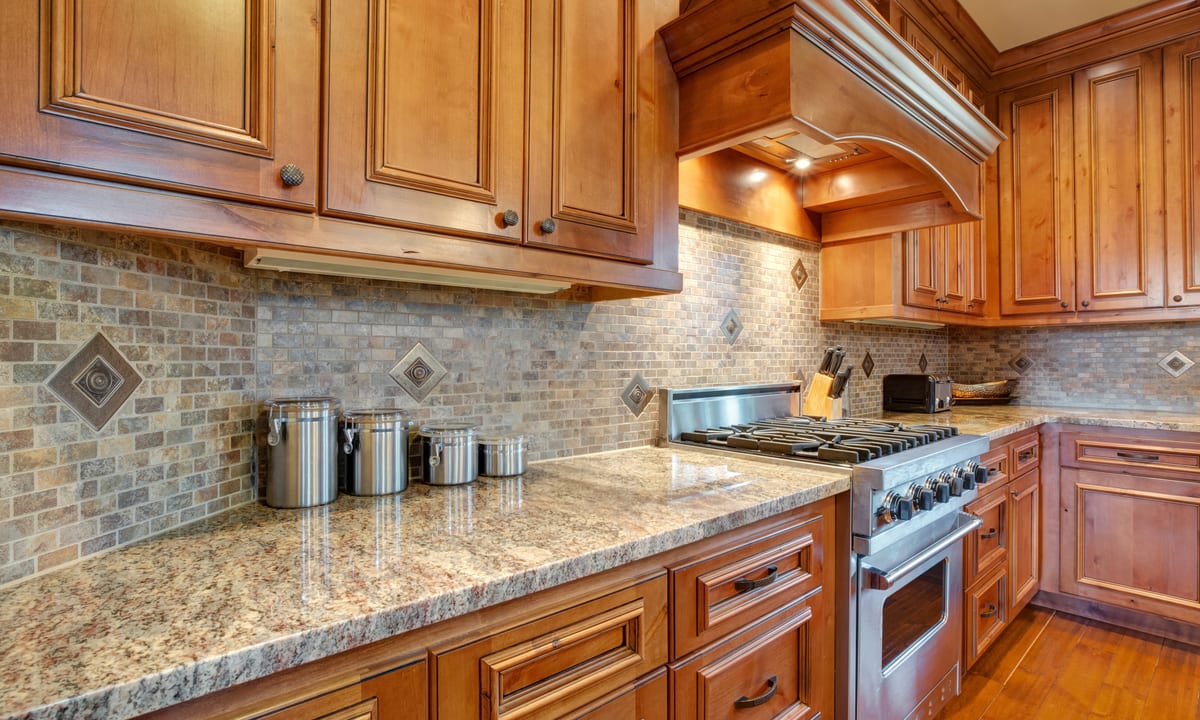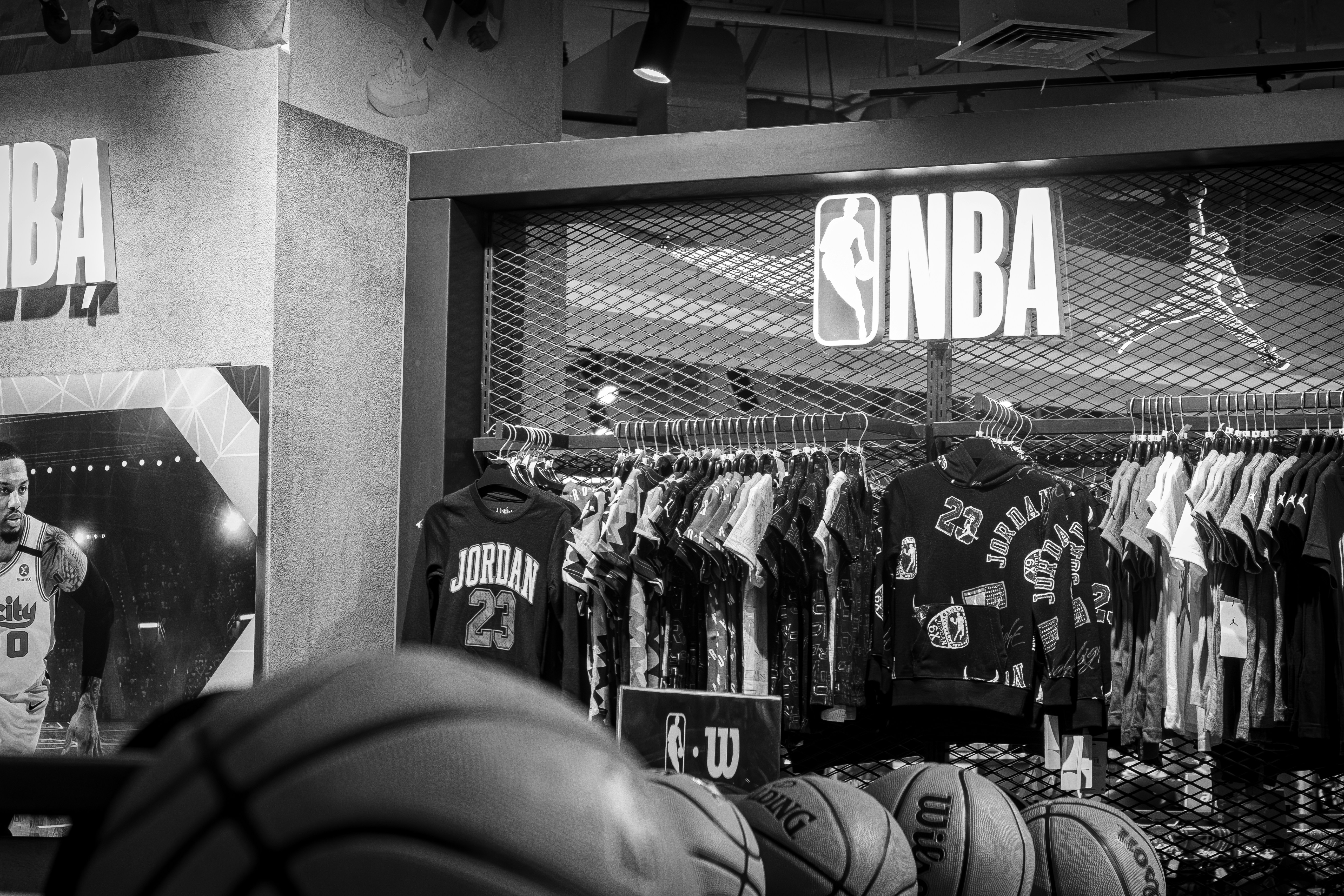A Practical Guide to Matching Your Kitchen Backsplash with Countertops and Cabinets
Explore creative ideas for matching your kitchen backsplash with countertops and cabinets. Learn how to select colors, textures, and materials that complement each other, creating a cohesive and stylish look that enhances the overall design of your kitchen.

How Do You Choose a Kitchen Backsplash That Complements Your Countertops?
Selecting a backsplash that works with your countertops begins with understanding the relationship between these surfaces. Since countertops typically represent a significant investment, it’s often practical to choose them first and then select a backsplash that enhances their appearance. For busy, patterned countertops like granite or quartz with prominent veining, consider a simpler backsplash that doesn’t compete for attention. Solid-colored backsplashes in a hue that picks up one of the secondary colors in your countertop create visual harmony.
Conversely, if you have selected simple, monochromatic countertops, your backsplash can become a focal point with more intricate patterns or bold colors. For instance, white quartz countertops provide an excellent neutral backdrop for a vibrant glass mosaic or patterned ceramic tile backsplash. Always bring home samples of potential backsplash materials and place them against your countertop in your kitchen’s lighting to accurately assess how they will look together.
What Colors Work Best for a Cohesive Kitchen Backsplash Look?
Color coordination is fundamental to achieving a cohesive kitchen design. A reliable approach is to work with a color palette of three main tones: a dominant color (about 60% of the space), a secondary color (30%), and an accent color (10%). Your backsplash can serve any of these roles depending on your design goals. For a timeless look, consider neutral tones such as whites, grays, or beiges that coordinate with, rather than exactly match, your countertops and cabinets.
Complementary colors can create dynamic tension and visual interest. For example, if you have blue-toned cabinets, a backsplash with subtle orange elements can create a sophisticated contrast. Analogous colors—those adjacent to each other on the color wheel—offer a more harmonious, relaxing aesthetic. Remember that kitchen lighting significantly affects color perception; colors may appear different under natural daylight versus artificial lighting, so always test samples under various lighting conditions.
How to Coordinate Kitchen Backsplash Materials with Cabinet Finishes?
The material of your backsplash should create a dialogue with your cabinet finishes. For traditional wood cabinets, natural stone backsplashes like travertine or tumbled marble often create a complementary organic feel. Glossy cabinets pair well with glass or ceramic tile backsplashes that reflect light similarly. Matte finish cabinets, meanwhile, can be balanced with slightly more reflective backsplash materials to add dimension.
Consider the visual weight of materials as well. Heavy-looking cabinets, such as those in dark woods or bold colors, may be balanced by lighter backsplash choices. The scale of patterns matters too—large cabinet doors typically pair better with larger format backsplash tiles, while smaller cabinet formats harmonize with more delicate backsplash patterns. Always consider the overall style direction: sleek modern cabinets call for contemporary backsplash materials like glass or large-format porcelain, while Shaker cabinets might pair beautifully with subway tiles or other classic options.
What Role Does Texture Play in Kitchen Design?
Texture adds crucial depth and interest to kitchen design, even within a monochromatic color scheme. Contrasting textures create visual engagement—smooth, polished countertops can be balanced with a textured backsplash such as split-face stone or three-dimensional ceramic tiles. This textural contrast helps define each element while creating a rich, layered look.
Consider how light interacts with different textures. Highly textured surfaces create shadows and highlights that change throughout the day as natural light shifts. Glossy backsplash materials can brighten a dark kitchen by reflecting light, while matte finishes absorb light and create a softer ambiance. Textural elements also add tactile interest—important in a space where touch is a primary sense. When planning your kitchen’s textural palette, remember that too many competing textures can create visual chaos, so aim for a thoughtful balance with perhaps one standout textural element as a focal point.
How to Balance Bold Backsplash Choices with Neutral Elements?
If you’re drawn to a bold, statement backsplash, balance is essential to prevent it from overwhelming your kitchen. When using a dramatic backsplash—whether through vibrant color, intricate pattern, or unusual material—keep countertops and cabinets relatively neutral. This creates a visual hierarchy that allows the backsplash to shine without competing elements.
Consider limiting a bold backsplash to a specific area, such as behind the range, creating a focal point while using something more subtle elsewhere. This approach satisfies the desire for drama while maintaining overall harmony. Another strategy is to pull a subtle color from your statement backsplash to incorporate in smaller kitchen accessories, creating cohesion through repetition. Remember that lighting can amplify bold choices, so adjustable lighting systems allow you to highlight or soften your backsplash’s impact depending on the mood or time of day.
Material and Installation Cost Considerations
Understanding the financial implications of different backsplash, countertop, and cabinet combinations is essential for realistic planning. Materials vary widely in price, from budget-friendly ceramic tiles to luxury natural stones.
| Material Type | Average Cost (Materials Only) | Installation Cost (Per Sq Ft) | Durability Rating |
|---|---|---|---|
| Ceramic Tile Backsplash | $2-$15 per sq ft | $5-$15 | Medium-High |
| Glass Tile Backsplash | $7-$30 per sq ft | $10-$30 | Medium |
| Natural Stone Backsplash | $15-$70 per sq ft | $15-$35 | High |
| Quartz Countertops | $50-$120 per sq ft | $35-$85 | Very High |
| Granite Countertops | $40-$100 per sq ft | $35-$85 | Very High |
| Laminate Countertops | $10-$40 per sq ft | $20-$40 | Medium |
| Stock Cabinets | $80-$280 per linear ft | $100-$300 per linear ft | Medium-High |
| Semi-Custom Cabinets | $150-$650 per linear ft | $150-$350 per linear ft | High |
| Custom Cabinets | $500-$1,500 per linear ft | $300-$450 per linear ft | Very High |
Prices, rates, or cost estimates mentioned in this article are based on the latest available information but may change over time. Independent research is advised before making financial decisions.
Beyond the initial costs, consider maintenance requirements. Some luxurious materials demand more upkeep, impacting long-term costs. Additionally, installation complexity varies significantly—intricate mosaic backsplashes require more installation time and expertise than simple subway tiles, affecting labor costs. When budgeting, allocate approximately 15-20% beyond your estimate for unexpected expenses, particularly in older homes where wall preparation might be necessary.
Creating a cohesive kitchen design through thoughtful coordination of backsplash, countertops, and cabinets requires attention to color, material, texture, and balance. By understanding the relationships between these elements and following the principles outlined in this guide, you can create a kitchen that feels professionally designed while expressing your personal style. Remember that successful design isn’t about following strict rules but finding harmonious relationships between elements that make your kitchen both beautiful and functional for years to come.




